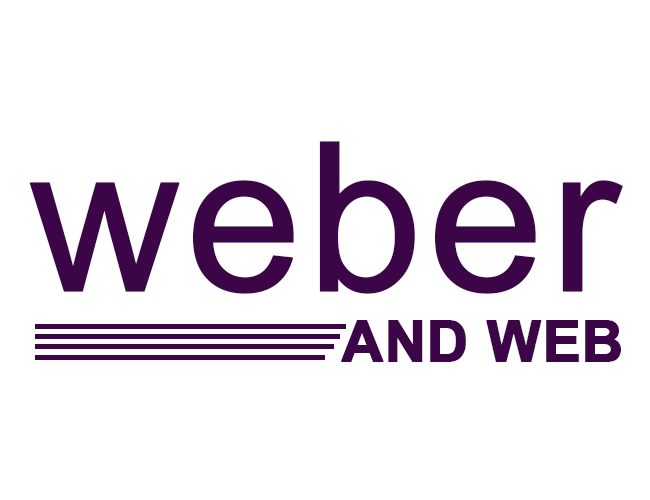Table of Contents
- Introduction
- Smart Irrigation Technologies
- Benefits of Smart Irrigation
- Implementing Smart Irrigation
- Conclusion
Key Takeaways
- Intelligent irrigation systems help landscapes thrive while minimizing water waste.
- Technologies such as soil moisture sensors and weather-based controllers deliver water only when needed.
- Innovative solutions support long-term sustainability, health, and savings.
Efficient water management is a critical aspect of sustainable landscaping. Traditional watering methods often result in water waste and suboptimal plant growth, but modern advancements offer a smarter path forward. With the integration of irrigation services tailored to your landscape’s unique needs, property owners can ensure landscapes that flourish while significantly reducing resource consumption.
As environmental concerns rise and water scarcity challenges intensify, transforming how we irrigate is essential. Intelligent watering systems and thoughtful implementation not only address these concerns but also offer peace of mind to property owners committed to sustainable practices.
Benefits of Smart Irrigation
Embracing innovative irrigation solutions has advantages that extend far beyond water savings:
- Water Conservation: By watering only as needed, intelligent systems can cut water consumption by up to 30%, supporting community-wide conservation efforts and promoting long-term water security.
- Cost Savings: Reducing water use directly translates to lower utility bills. Healthier landscapes also require fewer replacements and less frequent maintenance, compounding the cost benefits.
- Enhanced Plant Health: Whether used for gardens, trees, or lawn irrigation, smart systems ensure that plants flourish by meeting their specific hydration needs. This prevents both under- and overwatering, reducing the risk of root rot and encouraging resilient growth.
- Environmental Protection: Minimizing runoff helps keep local waterways cleaner by limiting the spread of fertilizers and pesticides. This benefit is essential for maintaining healthy local ecosystems.
- Convenience and Peace of Mind: Automated, app-controlled systems put scheduling and monitoring at your fingertips, making it easy to manage irrigation remotely and respond quickly to system alerts.
Smart Irrigation Technologies
Modern irrigation systems integrate advanced technologies that monitor, assess, and deliver water with precision and accuracy. Key innovations include:
- Soil Moisture Sensors: These sensors monitor the water content in the soil and signal the system to irrigate only when the soil moisture level drops below a preset threshold. This targeted approach helps avoid overwatering while providing plants with the consistent moisture levels they need.
- Weather-Based Controllers: Also known as “smart controllers” or evapotranspiration controllers, these devices gather real-time weather data—including rainfall, temperature, and humidity—to determine precisely when watering is necessary. The result is a landscape that receives optimal hydration without unnecessary usage.
- Drip Irrigation Systems: By delivering water directly to the plant roots through slowly dripping hoses or tubing, drip systems dramatically reduce evaporation and runoff. This method is especially effective for gardens, flower beds, and arid environments.
- Flow Meters and Leak Detection: Advanced systems feature flow sensors that monitor water usage and instantly detect leaks or unusually high flows, preventing waste and minimizing potential landscape damage.
Connecting these technologies via smart controllers and mobile apps provides property owners with granular control and real-time updates, ensuring that landscapes are cared for even when the property owner is off-site. For a broader overview of water-wise landscape strategies, resources like National Geographic’s water conservation tips offer actionable steps for any environment. As climate challenges grow more urgent, adopting more innovative irrigation solutions is no longer just a trend—it’s a necessity. Thoughtful integration of these systems supports both environmental stewardship and long-term property value.
Implementing Smart Irrigation
Transitioning to a more innovative irrigation approach yields immediate and long-term benefits, but successful implementation requires following these steps:
- Assessment: Begin with a thorough evaluation of your existing landscape and irrigation setup. Pinpoint inefficiencies, leaks, or design flaws that waste water or contribute to uneven watering.
- Technology Selection: Select devices tailored to your landscape’s specific needs. Factors to weigh include plant types, sun exposure, regional climate, and the scale of your property.
- Professional Installation: Proper installation, whether DIY or by expert contractors, is crucial for ensuring that new technology seamlessly integrates with existing infrastructure and functions optimally from the outset.
- Monitoring and Maintenance: Schedule regular system inspections, monitor performance with mobile apps, and keep sensors clean and functional. Updating system firmware ensures your investment stays future-proof and efficient.
Conclusion
Investing in smart irrigation solutions is a powerful commitment to both environmental sustainability and landscape excellence. By incorporating cutting-edge technologies—such as soil moisture sensors, weather-based controllers, and drip systems—today’s property owners can maximize the beauty of their landscapes with minimum impact on diminishing water resources. As responsible land stewards, prioritizing intelligent water management is not just a trend; it’s a necessity for a sustainable future.




